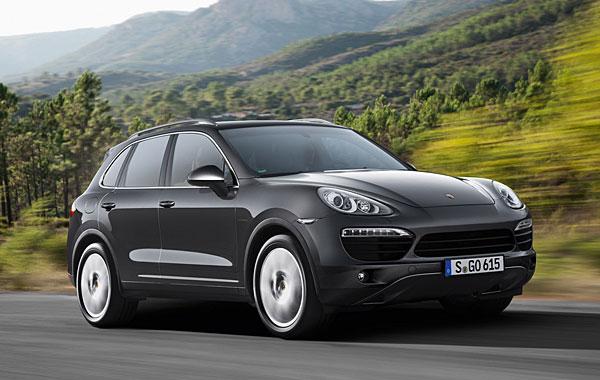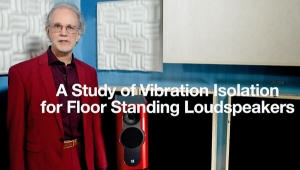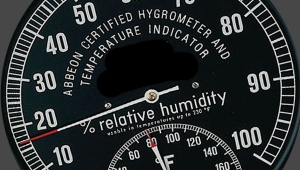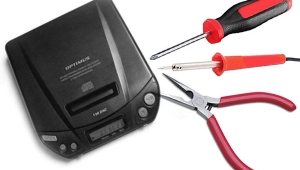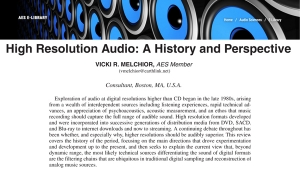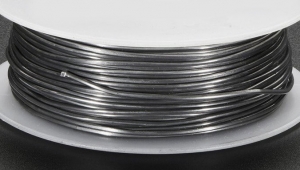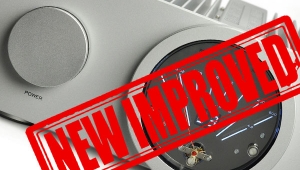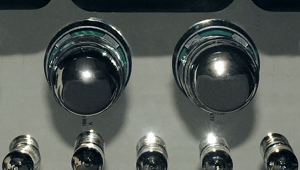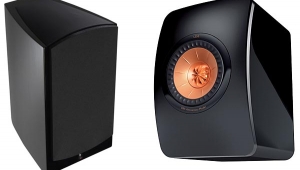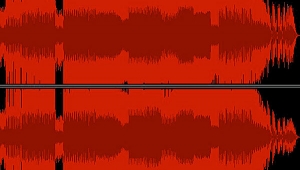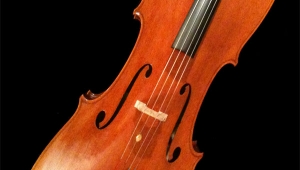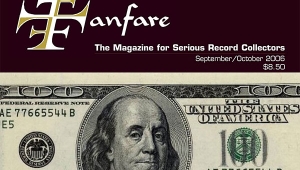| Columns Retired Columns & Blogs |
>> one writer enthusiastically extolled the benefits of $600 table place settings on one page, while on another page, amid a survey of headphones, another writer cautioned his readers that though one particular model sounded superb, it was ridiculously priced at $300
I love high-end as much as the next reader, but I have to point out that although I am still using my parents handmade place settings from six decades ago, I would be surprised if my AKG's or Sennheisers or AT's or UE's last till my retirement (the Grado's might).
